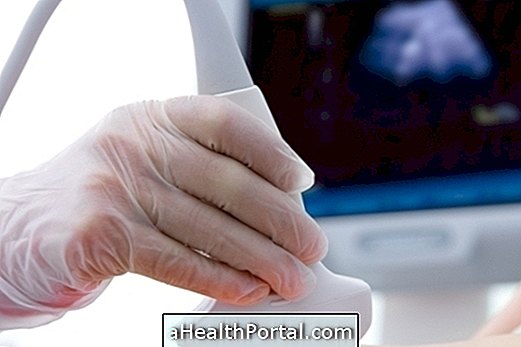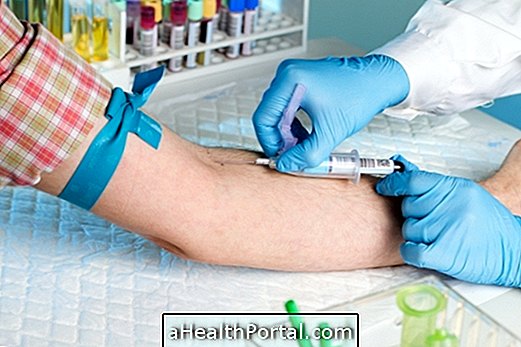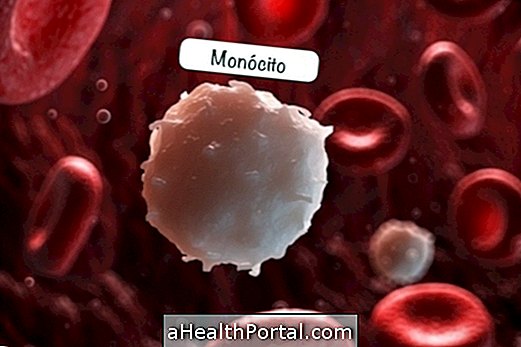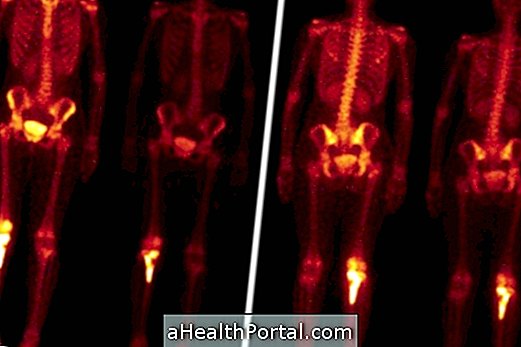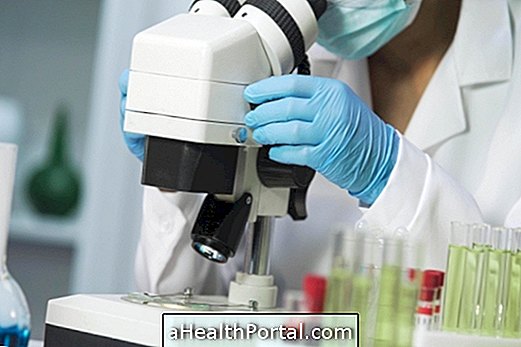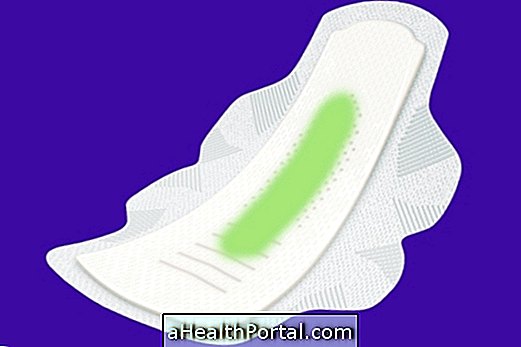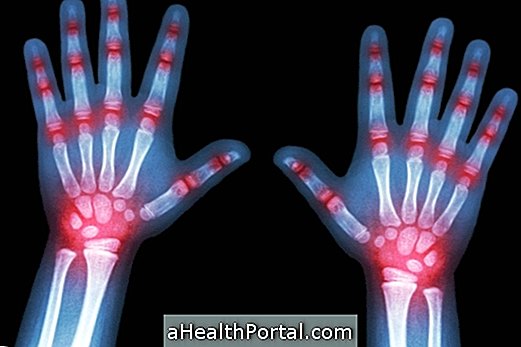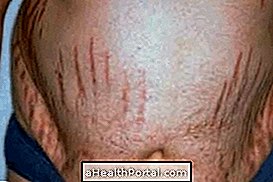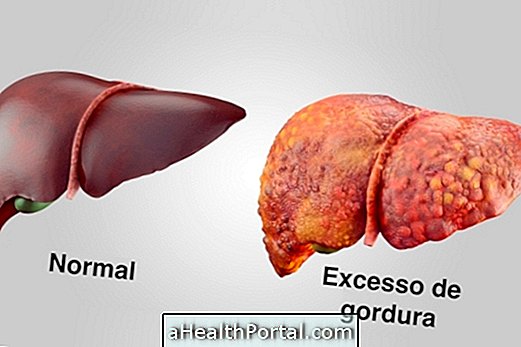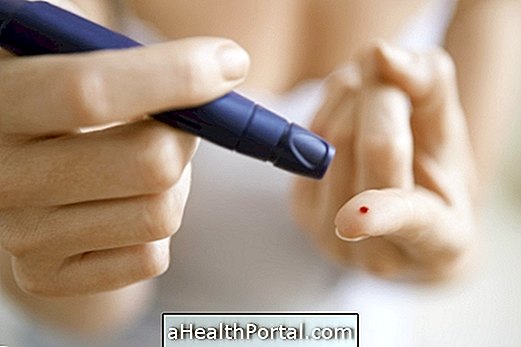Hysterosonography is an ultrasound examination that lasts on average 30 minutes in which a small catheter is inserted through the vagina into the uterus to be injected with a physiological solution that will make it easier for the doctor to visualize the uterus and identify possible lesions, such as fibroids, endometriosis or polyps, for example, and it is also possible to observe if the uterine tubes are obstructed or not, which can happen in cases of infertility.
3D hysterosonography is performed in the same way, however, the images obtained are in 3D, allowing the doctor a more realistic visualization of the uterus and possible lesions.
This examination is performed by the physician, in hospitals, image clinics or gynecological clinic, with the appropriate medical indication, and can be done by the SUS, some health plans or privately, with a price ranging between 80 and 200 reais, depending where it was made.
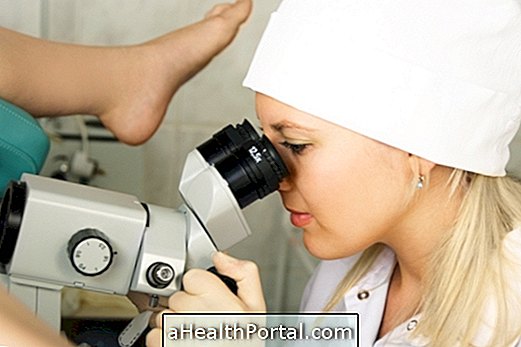
How is done
The examination of hysterosonography is done with the woman in gynecological position, similar to the collection of the Pap smear and according to the following steps:
- Insertion of a sterile speculum into the vagina;
- Cleaning the cervix with an antiseptic solution;
- Introduction of a catheter to the fundus of the uterus, as shown in the image;
- Injection of sterile saline;
- Speculum removal;
- Insertion of the ultrasound device, the transducer, into the vagina that emits the image of the uterus on the monitor, as shown in the image.
In addition, in women with dilated or incompetent cervix, the balloon catheter may also be used to prevent the physiological solution from retracting into the vagina. After performing this examination the gynecologist will be able to indicate the best form of treatment to combat the lesion of the uterus identified in the examination.

On the other hand, hysterosalpingography is an examination that, in addition to the uterus, can better observe the fallopian tubes and ovaries, and is done by injecting a contrast through the hole of the cervix so that several x-rays are made with the intention of observing the course that this liquid makes inside the uterus, towards the uterine tubes, being very indicated to investigate problems of fertility. Learn more about what hysterosalpingography is for and how it is done.
Does hysterosonography hurt?
Hysterosonography may be painful and may also cause discomfort and cramping at the time of examination.
However, this test is well tolerated and your doctor may recommend some analgesic or anti-inflammatory medication before and after the test.
It is also possible that after hysterosonography, irritation of the vagina occurs in people with more sensitive mucous membranes, which may progress to infection and increase in menstrual bleeding.
What is it for
Hysterosonography indications include:
- Suspected or identified lesions in the uterus, especially myomas that are small benign tumors that develop gradually and can cause great hemorrhages and consequently anemia;
- Differentiation of uterine polyps;
- Investigation of abnormal uterine bleeding;
- Evaluation of women with unexplained infertility;
- Repeated abortions.
This test is only for women who have had intimate contacts and the ideal period to take the test is the first fortnight of the menstrual cycle, when you are no longer menstruating.
However, hysterosonography is contraindicated in pregnancy or suspected pregnancy and in the presence of vaginal infections.
